5. Pollinator-Friendly Paradise: Attract Bees, Butterflies, and Birds
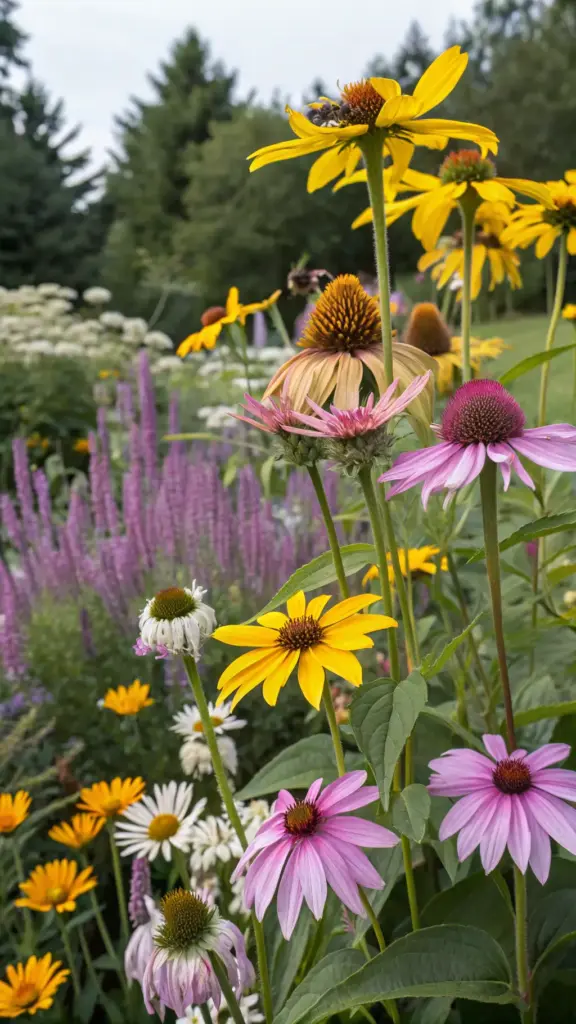
Let me tell you something that might surprise you—pollinators are the unsung heroes of our ecosystems. Without them, we’d lose a third of the food we eat. Yep, you heard that right. That’s why creating a pollinator-friendly garden isn’t just a nice idea; it’s essential for biodiversity. I’ll never forget the first time I planted a patch of milkweed and watched monarch butterflies flock to it—it was like hosting a tiny party in my backyard. If you’re ready to roll out the red carpet for bees, butterflies, and birds, let’s get started.
Why Pollinator Gardens Are Essential for Biodiversity
Here’s the deal: pollinators like bees, butterflies, and hummingbirds are responsible for pollinating over 75% of the world’s flowering plants. Without them, ecosystems collapse, and food supplies dwindle. But here’s the good news—you can make a difference, even in your own backyard. A pollinator garden doesn’t just help these critters survive; it also creates a thriving habitat that benefits the entire ecosystem.
One year, I noticed fewer bees buzzing around my yard, and it hit me how much we rely on them. That’s when I decided to transform part of my garden into a haven for pollinators. The results were incredible—not only did I see more bees and butterflies, but my vegetable garden also produced better yields. It’s a win-win for everyone involved.
Top Pollinator-Friendly Flowers (e.g., Sunflowers, Milkweed, Echinacea)
When it comes to attracting pollinators, not all flowers are created equal. Here are some of my go-to pollinator-friendly plants:
- Sunflowers: These towering giants are magnets for bees and birds. Plus, their seeds are a tasty snack for finches.
- Milkweed: This is a must-have if you want to attract monarch butterflies. It’s their primary food source and breeding ground.
- Echinacea (Coneflowers): Hardy and beautiful, these flowers are a favorite of bees and butterflies.
- Lavender: Its fragrant blooms are irresistible to bees and add a calming scent to your garden.
- Bee Balm (Monarda): As the name suggests, this plant is a bee magnet, and its vibrant colors are stunning.
I once underestimated the power of native plants, opting for exotic blooms instead. Big mistake. Once I switched to native species like coneflowers and milkweed, the pollinators came in droves. Lesson learned: stick with what grows naturally in your area.
Creating a Water Source and Shelter for Pollinators
Pollinators need more than just flowers—they need water and shelter too. Adding a water source is simple. I placed a shallow dish filled with pebbles and water in my garden, and it became a hotspot for thirsty bees and butterflies. Just make sure the water level is low enough for them to perch safely.
As for shelter, consider leaving a small brush pile or installing a bee hotel. These little structures provide nesting sites for solitary bees. I also added a few birdhouses, which not only look cute but also attract insect-eating birds that help keep pests in check.
Seasonal Planning to Ensure Year-Round Blooms
The secret to keeping pollinators happy year-round? Seasonal planning. You want to have something blooming in every season, so there’s always food available. For spring, plant early bloomers like crocuses and daffodils. Summer is prime time for sunflowers and lavender, while fall favorites include asters and goldenrod.
I made the mistake of planting only summer-blooming flowers one year, and by fall, my garden felt eerily quiet. Now, I mix in late-season bloomers to keep the party going. It’s all about balance.
Ready to Take Your Garden to New Heights?
If you’re excited about creating a pollinator-friendly paradise, just wait until you see what’s next! In the following section, we’ll dive into the world of container gardening, perfect for patios, balconies, and small spaces. Click the “next” button below to discover how to grow a lush garden—even if you don’t have a yard!
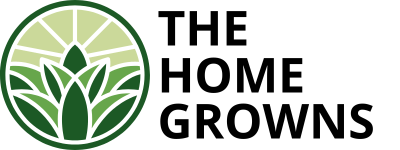


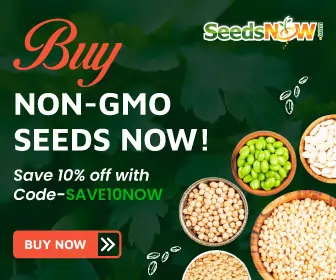

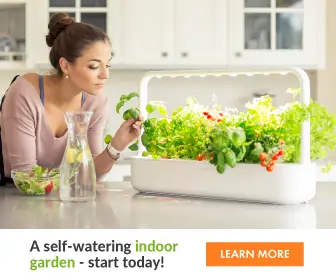

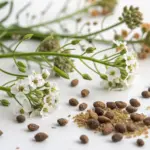
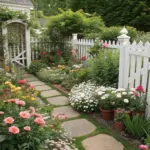
GIPHY App Key not set. Please check settings